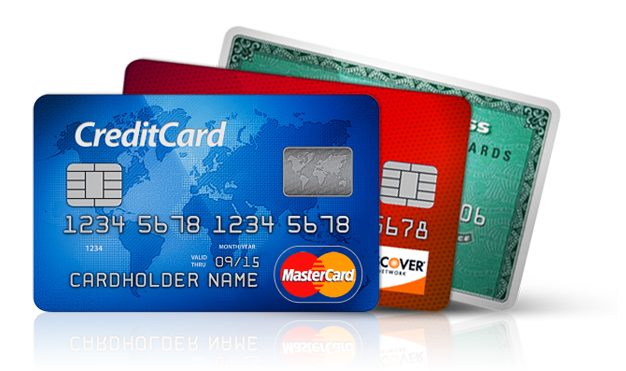A cardholder obtains a credit or debit card from an issuing bank, uses the account to pay for goods or services. Merchant banks allow merchants to accept deposits from credit and debit card payments. Payment processors are companies that process credit and debit transactions.
Steps of the credit and debit card payment process
Accepting credit cards enables you to get paid. That means you’ll need to select a credit card processing company. Credit card processors are important partners beyond the core service of processing payments, making it a critical business decision. You don’t need to become an expert, but you’ll be a better consumer if you know how credit card processing actually works.
To understand how the payment process works, we’ll look at the actors and their roles.
Who are the actors in a credit and debit card transactions?
- A cardholder obtains a credit or debit card from an issues bank, uses the account to pay for goods or services.
- A merchant is any type of business that accepts card payments in exchange for goods or services.
- A merchant bank establishes and maintains Merchant account. Merchant banks allow merchants to accept deposits from credit and debit card payments.
- Payment processors are companies that process credit and debit card transactions. Payment processors connect merchants, merchant banks, card networks and others to make card payments possible.
- Issuing banks are the banks, credit unions and other financial institutions that issue debit and credit cards to cardholders through the card associations.
- Card associations include Visa, MasterCard, Discover and American Express. The card associations set interchange rates and qualification guidelines, and act as the arbiter between issuing banks and acquiring banks among other vital functions.
How Credit Card Payment Processing Works?
Merchant services for small businessman provide companies like yours with everything you need to complete credit card transactions. When your customer makes a purchase, they dip or swipe their card through your reader. The information is passed by your system to a processor and then to the issuing bank where it is approved. Once the issuing bank approves the transaction, it sends an authorization back to your processor, who then passes it on to your software or terminal.
How Debit Card Processing Works?
When your customer swipes their card through your terminal, your point-of-sale system reads the information off of the magnetic strip on the card and transmits it to a card processing network such as Visa, MasterCard, Pulse, Interlink, STAR Network or Maestro. After verifying the correct formatting of the data and checking for fraud, the network sends the information on to the bank that issued the debit card. The issuer makes sure the card has not been reported as lost or stolen, confirms that enough funds are available and tells the merchant if the transaction was approved. After the network calculates how much money is owed to you – often on the same day – the transaction is settled and you get your money.
What happens when you process a debit card as credit?
When you run your transaction as credit using your debit card, you are still authorizing a debit from your checking account. You will never be charged interest or receive a bill for doing this. Of course, choosing credit at the point-of-sale will not help you build your credit.

